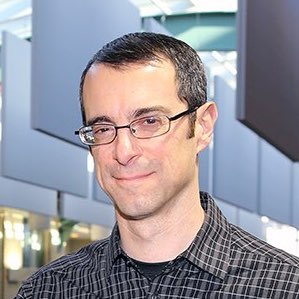Cited By
View all- Silleresi S(2023)Developmental Profiles in Autism Spectrum DisorderundefinedOnline publication date: 11-Jan-2023
- Lynch PSingal NFrancis G(2022)Educational technology for learners with disabilities in primary school settings in low- and middle-income countries: a systematic literature reviewEducational Review10.1080/00131911.2022.2035685(1-27)Online publication date: 4-Apr-2022
- McMillan DJaber R(2021)Leaving the Butler Behind: The Future of Role Reproduction in CUIProceedings of the 3rd Conference on Conversational User Interfaces10.1145/3469595.3469606(1-4)Online publication date: 27-Jul-2021
- Show More Cited By


